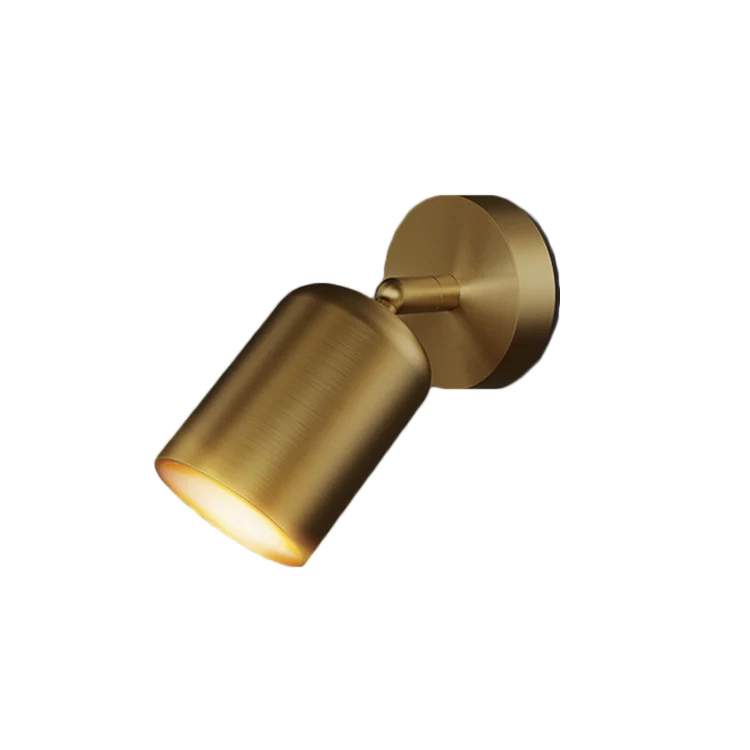LEAFLETS
PRODUCTS
Table Lamp Reading Light Guide
Understanding Light Temperature and Brightness
Choosing the right light temperature is crucial for comfortable reading. Measured in Kelvin (K), light temperature ranges from warm to cool. Warm light (2700K-3000K) offers a cozy, inviting ambiance, often preferred for relaxation and evening reading. This mimics the warm glow of incandescent bulbs and is generally less harsh on the eyes. Cool light (5000K-6500K), on the other hand, provides brighter, more energetic illumination, often favored for tasks requiring greater focus. While some may find cool light suitable for daytime reading, it can be too stimulating for nighttime use. The optimal light temperature for reading is usually within the warmer range, promoting relaxation without sacrificing visibility.
Brightness, measured in lumens, dictates how much light the lamp emits. A higher lumen output indicates a brighter light. While you might assume "brighter is better," excessive brightness can actually be detrimental to reading, leading to glare and eye fatigue. The ideal brightness depends on individual preferences and the surrounding ambient light. A dim room will require a brighter lamp than a brightly lit one. Experiment to find the sweet spot where the text is clearly illuminated without causing discomfort or glare. Dimmers are excellent tools for adjusting brightness to suit your needs and the time of day.
Choosing the Right Bulb Type
The type of light bulb significantly impacts the quality of illumination. While incandescent bulbs offered a warm glow, they were energy-inefficient. Halogen bulbs, while brighter, suffer from the same drawbacks. Modern alternatives such as LEDs (Light Emitting Diodes) and CFLs (Compact Fluorescent Lamps) offer superior energy efficiency and longer lifespans. LEDs are increasingly popular due to their versatility in color temperature and dimming capabilities. They also boast a longer lifespan, reducing the frequency of bulb replacements. When selecting a bulb for your reading lamp, look for options with adjustable color temperature and dimming functionality for maximum customization.
Consider the color rendering index (CRI) of your bulb. The CRI measures how accurately a light source renders colors. A higher CRI (closer to 100) indicates more accurate color representation, crucial for appreciating the nuances of printed text and illustrations. For optimal reading experience, aim for a bulb with a CRI of 80 or higher. This ensures that colors are faithfully reproduced, avoiding any distortion that could strain your eyes or affect the reading experience.
Optimizing Lamp Placement and Design
The placement of your reading lamp is paramount. Ideally, it should be positioned to minimize glare and shadows. Avoid placing it directly behind you, as this can cause glare on the page. Instead, position it to the side, slightly behind and above your shoulder, casting light onto the page without shining directly into your eyes. This angle helps to illuminate the text without causing discomfort. Experiment with different positions to find what works best for your reading posture and the layout of your space.
The lamp's design also plays a crucial role. A shade that directs light downward is generally preferred for reading. Avoid lamps with highly reflective shades, as they can contribute to glare. Opt for shades made of matte materials, which diffuse the light more evenly. The size and shape of the shade also affect light distribution. A larger shade will generally provide broader illumination, while a smaller shade will concentrate the light in a tighter beam. Consider the size of your reading area when selecting a shade size.
Considering Additional Features and Styles
Many table lamps offer additional features that enhance the reading experience. These include adjustable arms, allowing you to customize the light's position with precision. Some lamps even feature built-in USB ports for charging electronic devices. These features add convenience and functionality to your reading setup. Think about the extra features that would be beneficial to you and your reading habits before making your purchase.
The style of your table lamp should complement your existing decor while ensuring functionality. The market offers a wide variety of styles, from minimalist designs to more ornate options. Consider the overall aesthetic of your room when choosing a lamp. It should enhance the space without being a distraction. Remember, your reading lamp should be both functional and aesthetically pleasing, contributing positively to your reading environment.
Maintaining Your Reading Lamp
Regular maintenance will prolong the lifespan of your reading lamp and ensure optimal performance. Dust can accumulate on the shade and bulb, reducing light output and affecting its quality. Clean your lamp regularly, wiping down the shade and bulb gently with a soft cloth. Avoid using harsh chemicals or abrasive materials, as these can damage the lamp's finish. Regular cleaning ensures that your lamp continues to provide optimal illumination for your reading pleasure.
Replacing bulbs as needed is also essential. As bulbs age, their light output diminishes, and they may become less efficient. Replace bulbs promptly when you notice a significant decrease in brightness or a change in light color. This will maintain the quality of your reading light and prevent eye strain. Regular maintenance is a simple yet effective way to maximize the lifespan and performance of your table lamp, ensuring that it continues to be a valuable part of your reading experience for years to come.
SUBSCRIBE
INQUIRY










